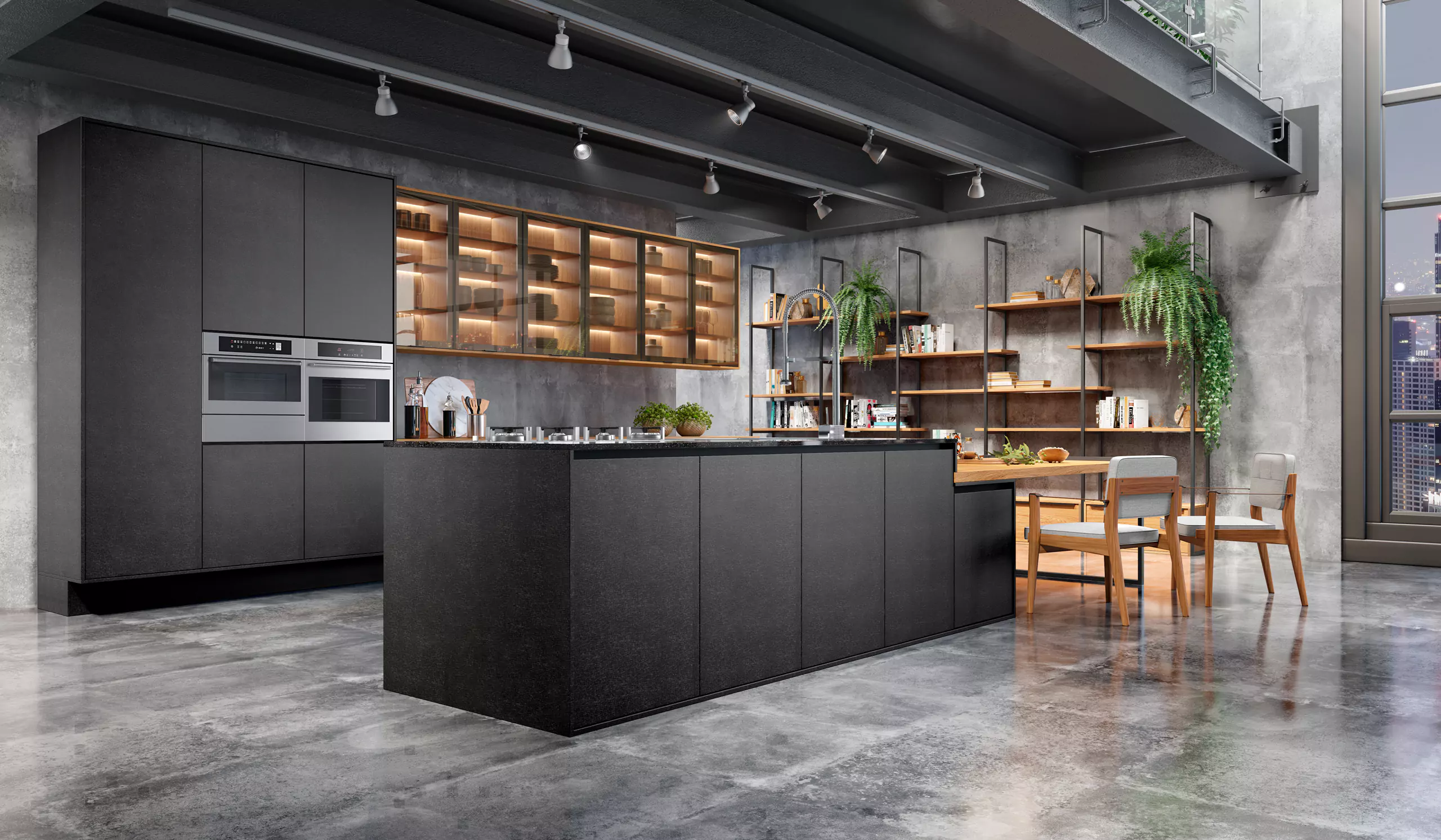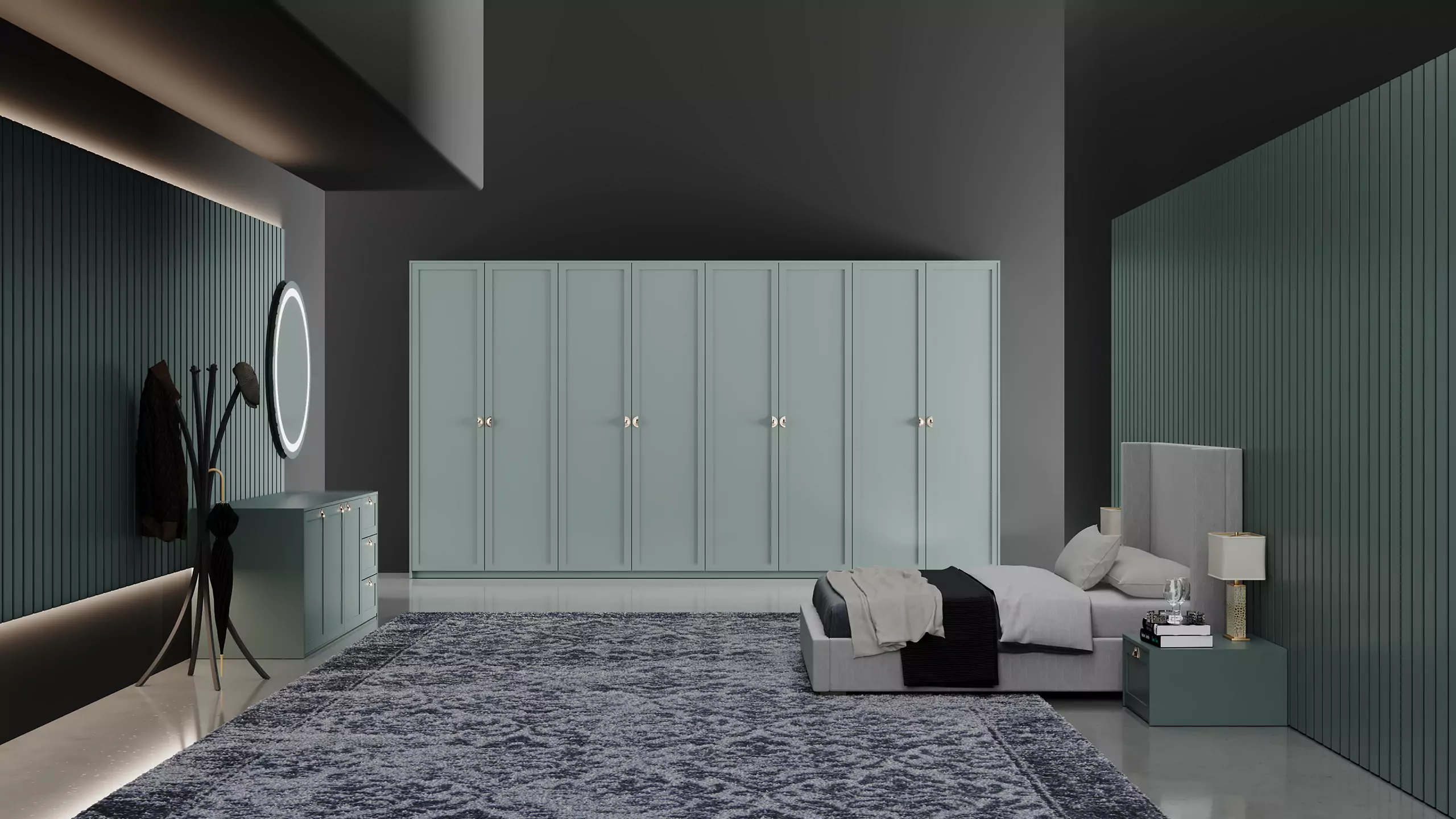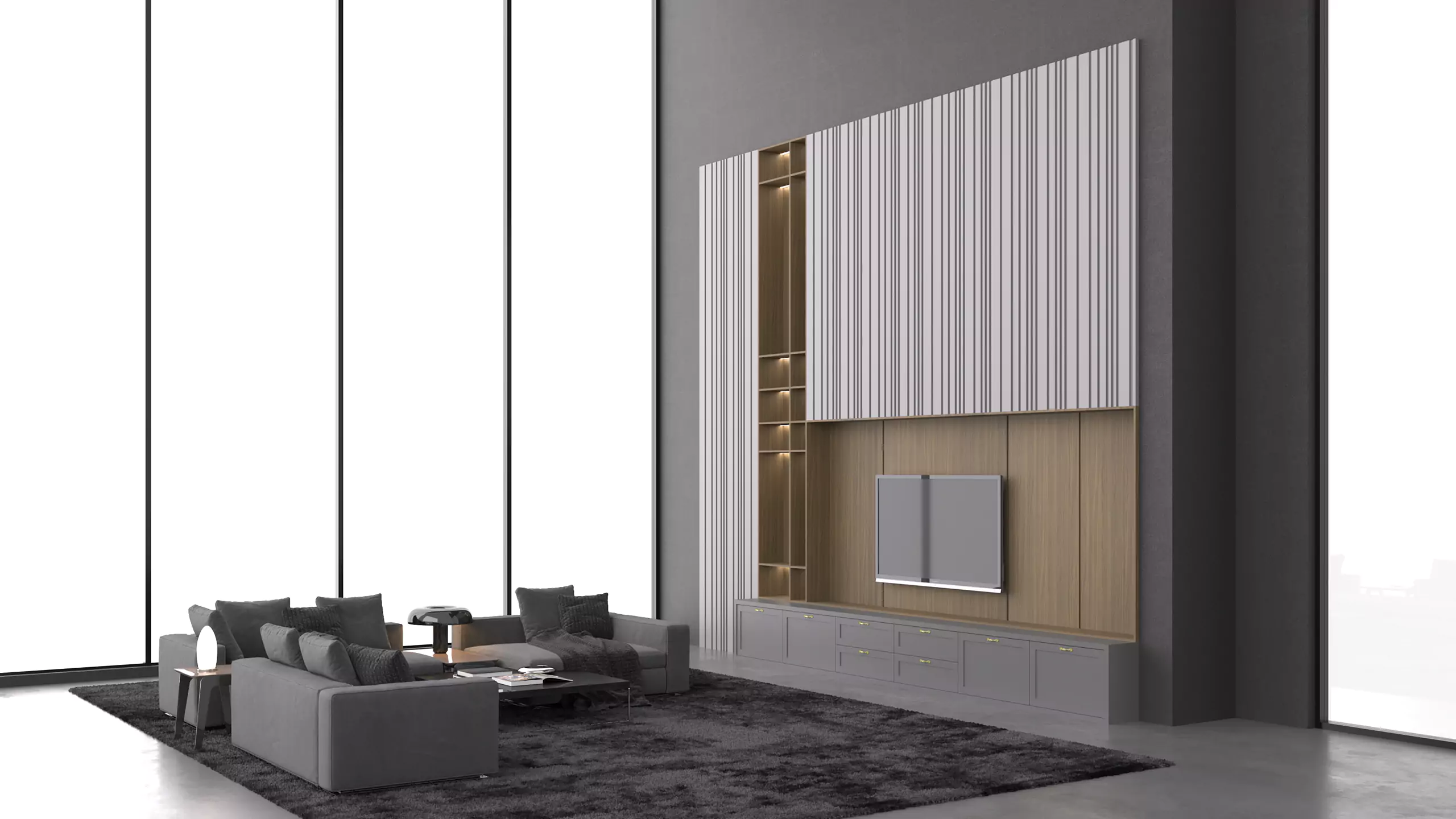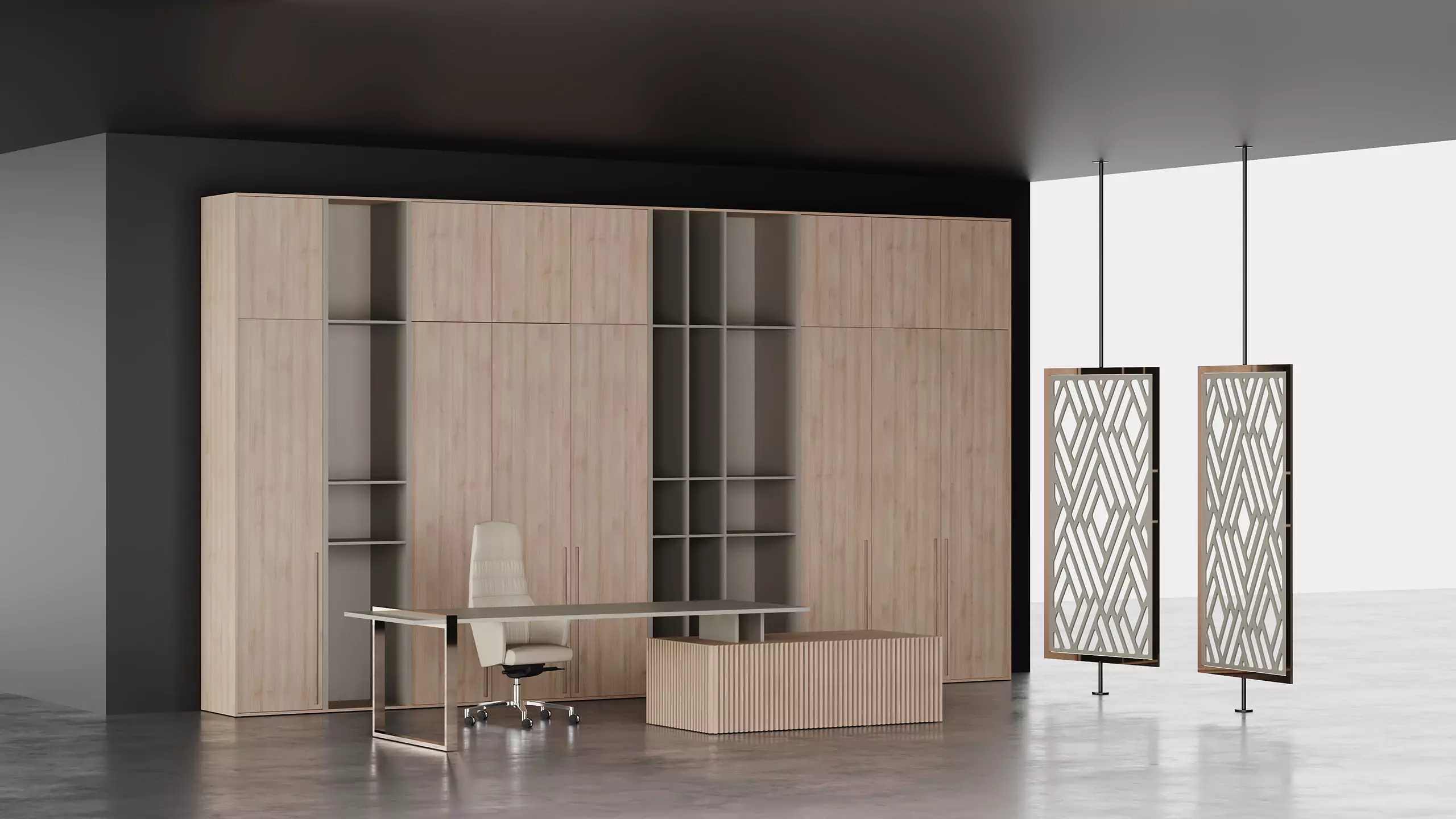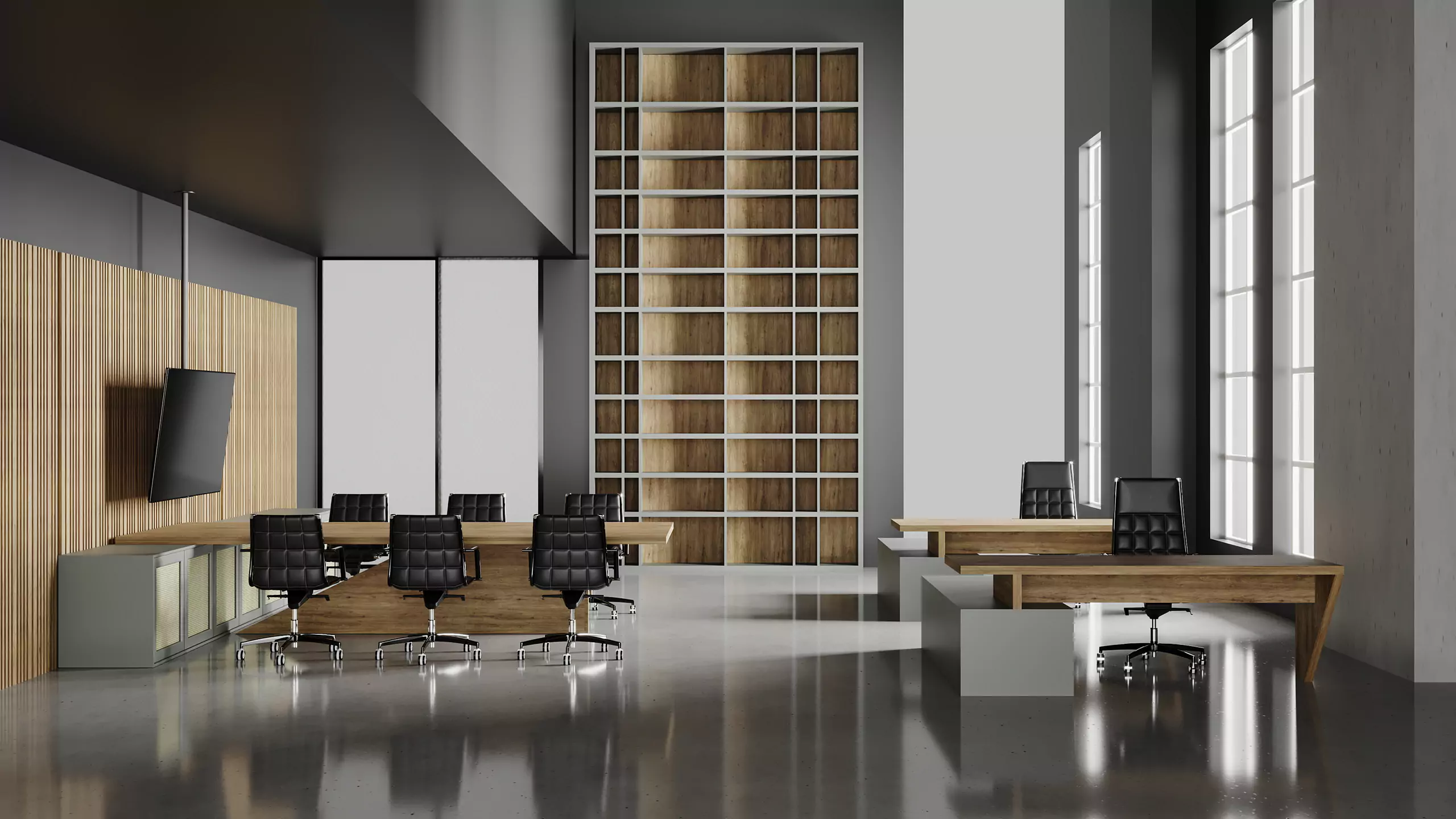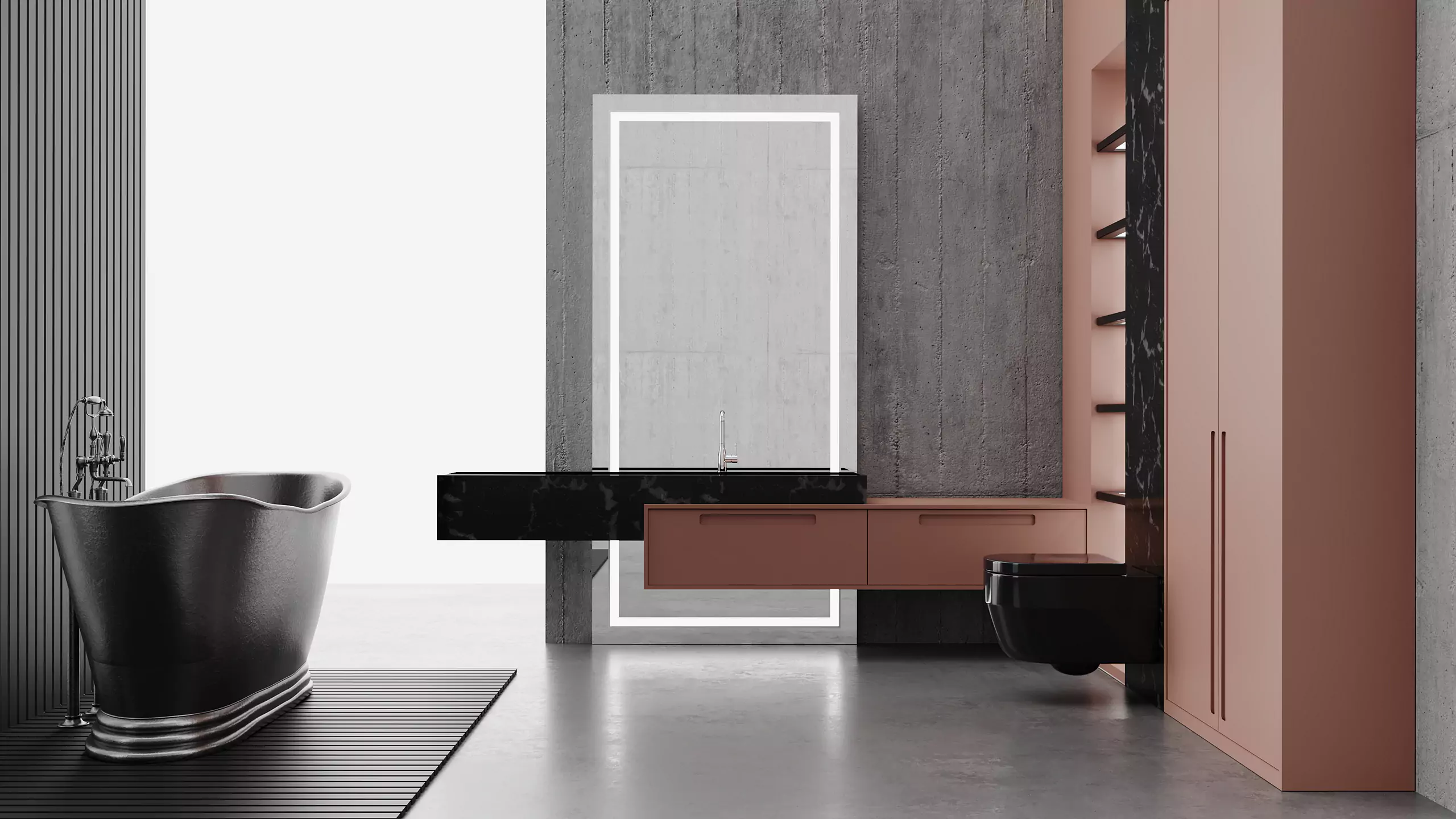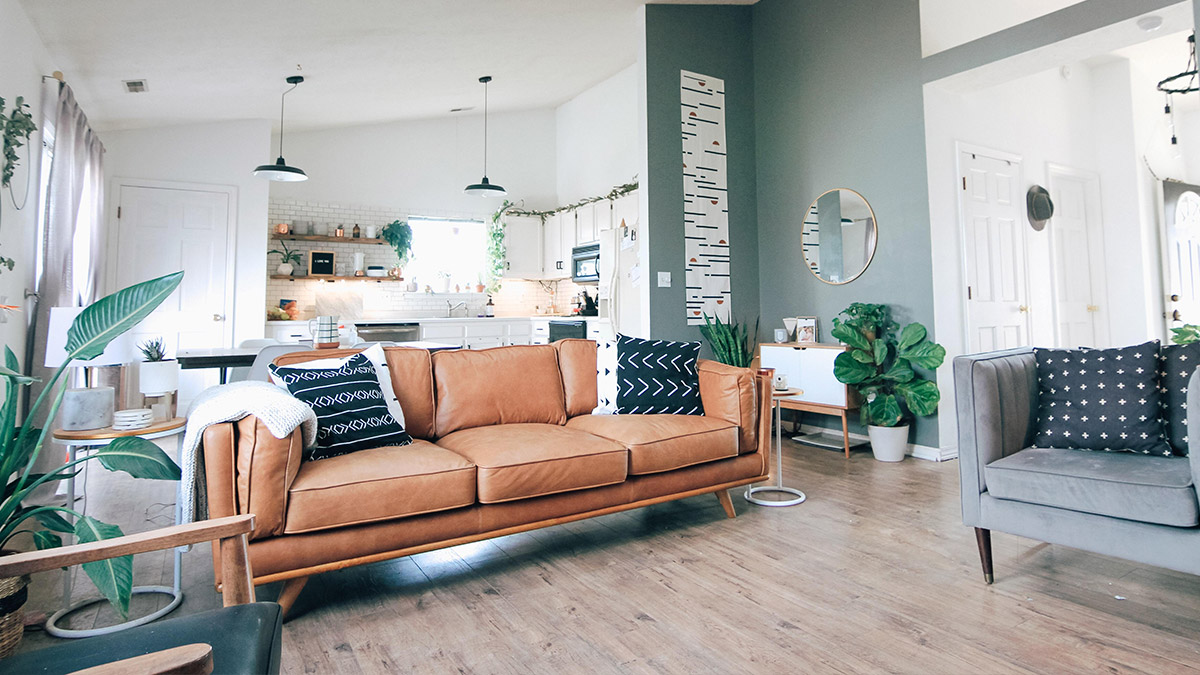The art of Feng Shui works on the relationship between human beings and the environments in which they circulate and the energy that interacts with both. It seeks to harmonize spaces, aiming to improve the vital energy of people and places.
The technique, of oriental origin, can be applied to interior design through the colors and textures of the environment, shapes and arrangement of furniture, lighting and circulation and the relationship between the position of entrances (light and people) in relation to the outside. The techniques always follow the maxim of leaving the space harmonious and balanced. At a time when we are spending more time at home than ever, we decided to list here some tips for putting Feng Shui into practice. Check out:
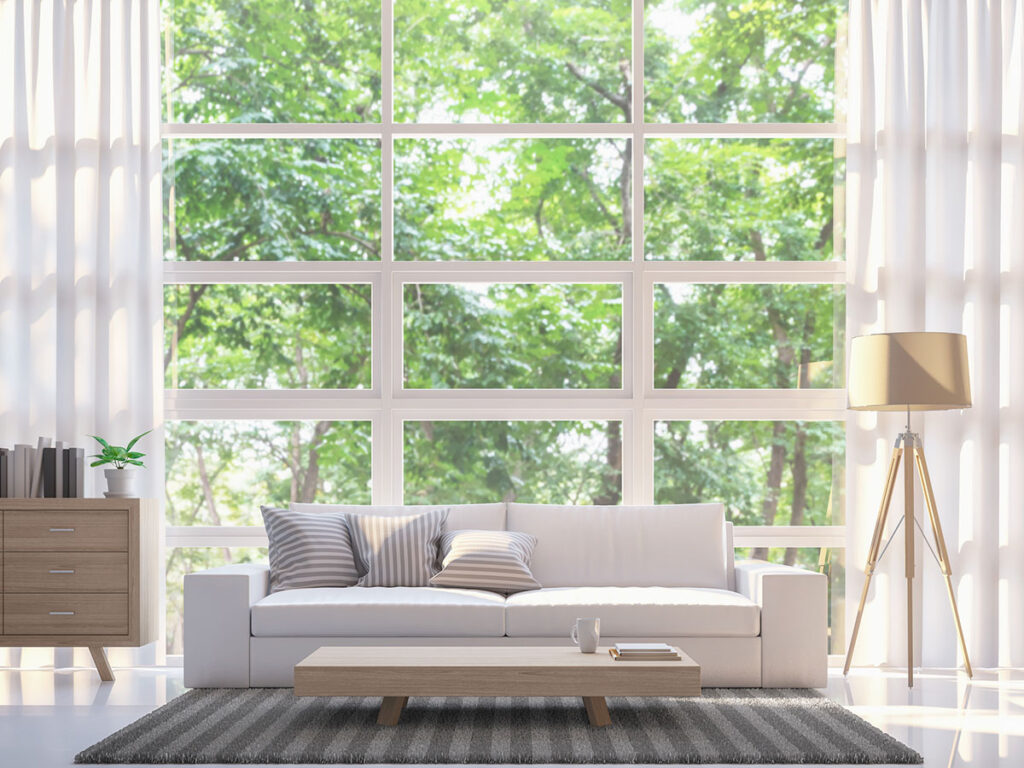
Light and Air
Create environments that encourage the entry of air and light. This combination always brings good energy. It is ideal that the environment favors “air exchange” through the openings. But be aware of strong currents: a house swept by the wind, from one door to the other, for example, also does not contain good energy. Invest in subtle barriers, like curtains and blinds.
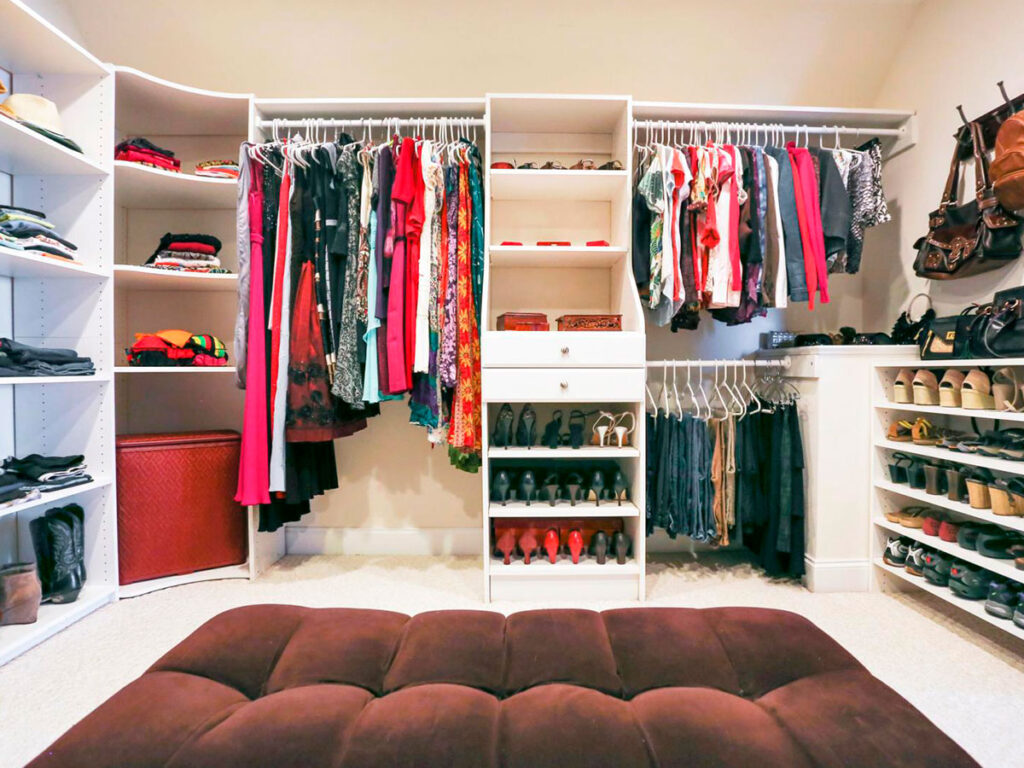
Organization
Clutter stops energy from flowing. A clean and organized environment is a good place to breathe and rest your head. Most clutter is made up of unnecessary things. And what you only keep, but don't occupy, means stagnant energy, a nuisance.
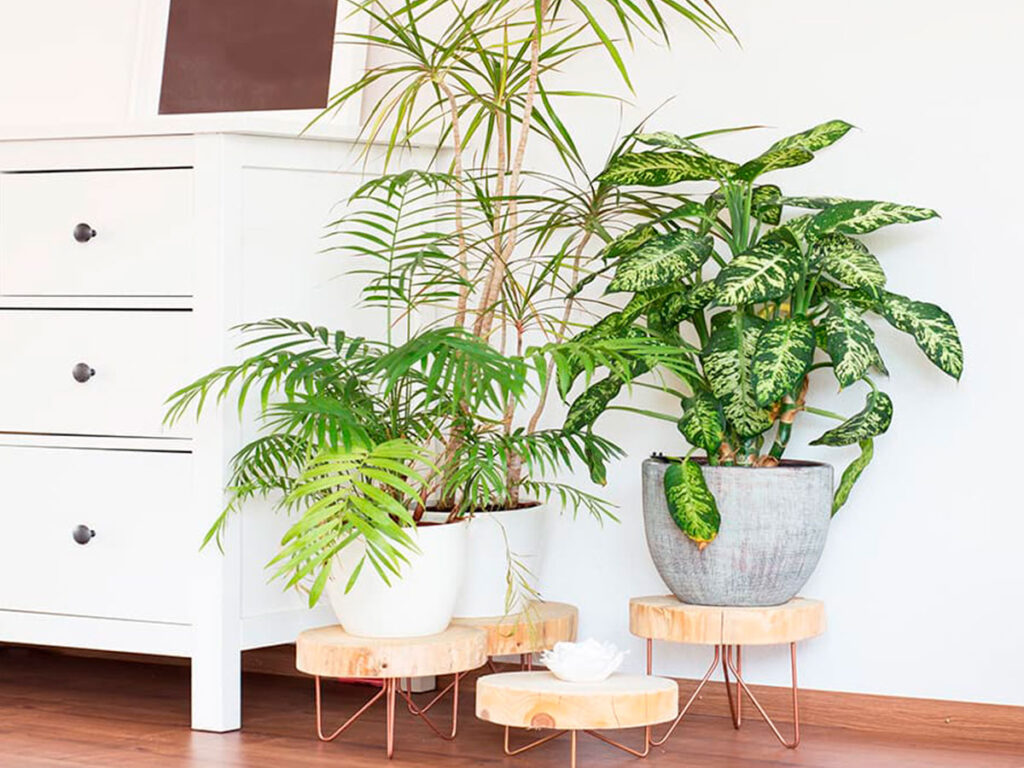
Empty spaces
Decorate these spaces with natural elements, such as plants. They improve energy and make the environment more relaxing.
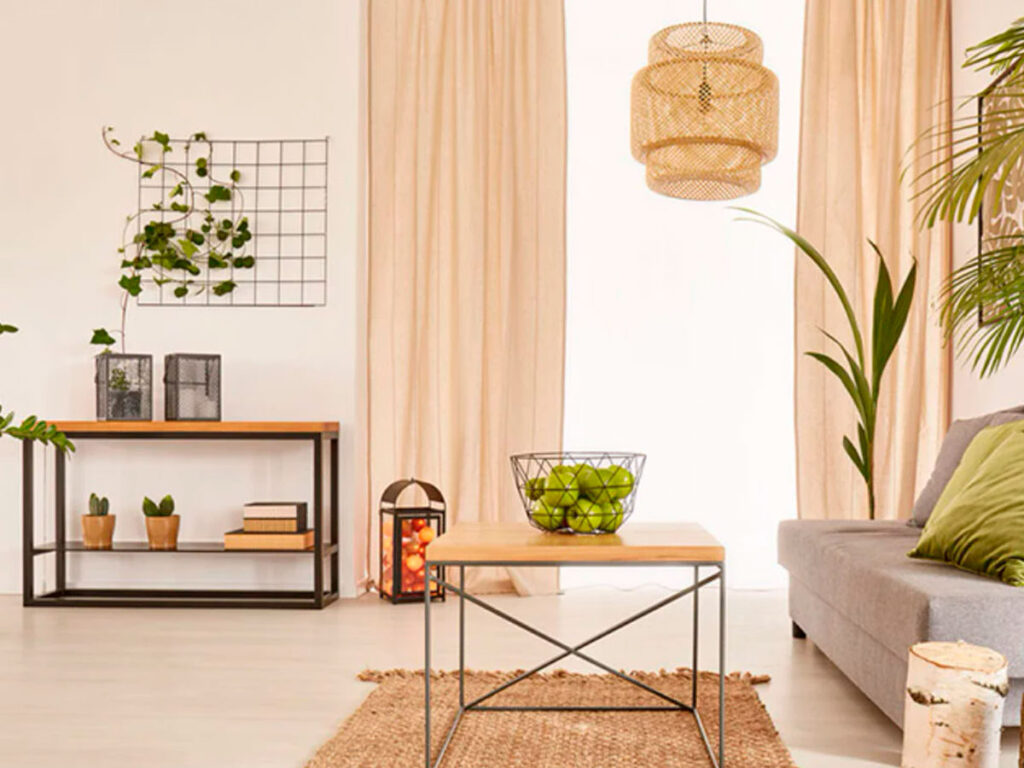
Command Position
Just as the end of the table creates a hierarchy between parents and children, the position of the furniture also helps to establish command positions. Beds, sofas and office desks should face the main door and against walls without windows, to ensure a wide view and a feeling of control.
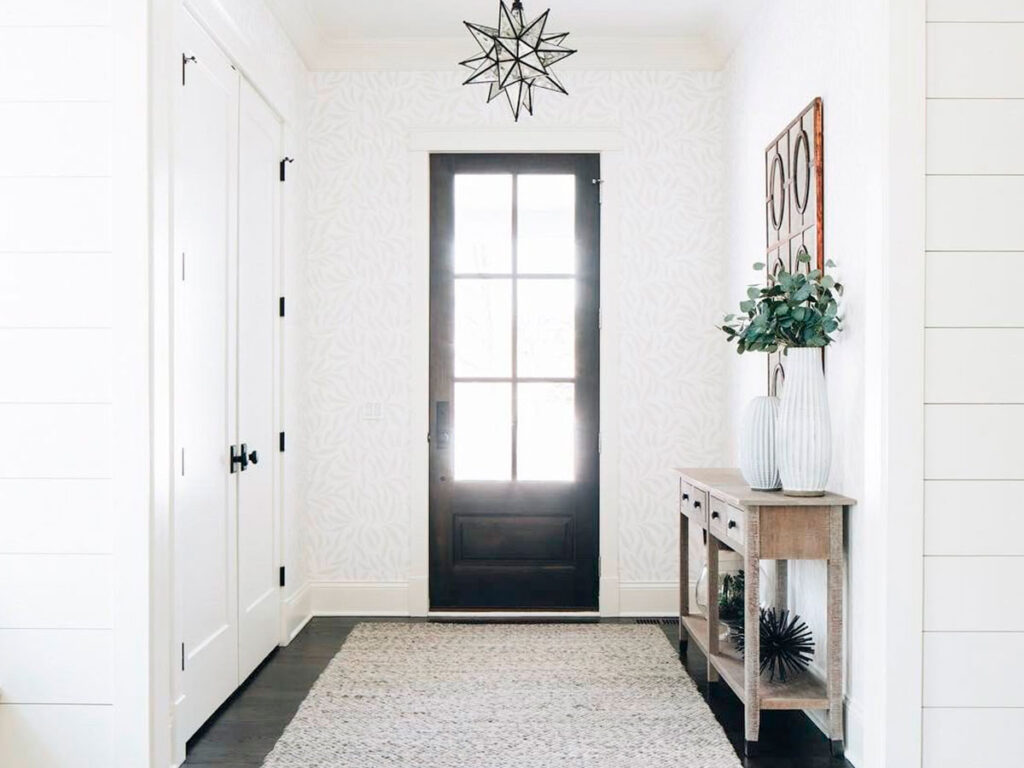
Prohibited
Invest in a well-lit and clean environment. Complete the decoration with plants, objects that highlight your pleasure in welcoming people. Pay attention to the myth of the mirror: having it at the front door does not ward off bad energy, as they say. The reflection also doesn't let the good ones in. Use it, but not directly reflecting who arrives.
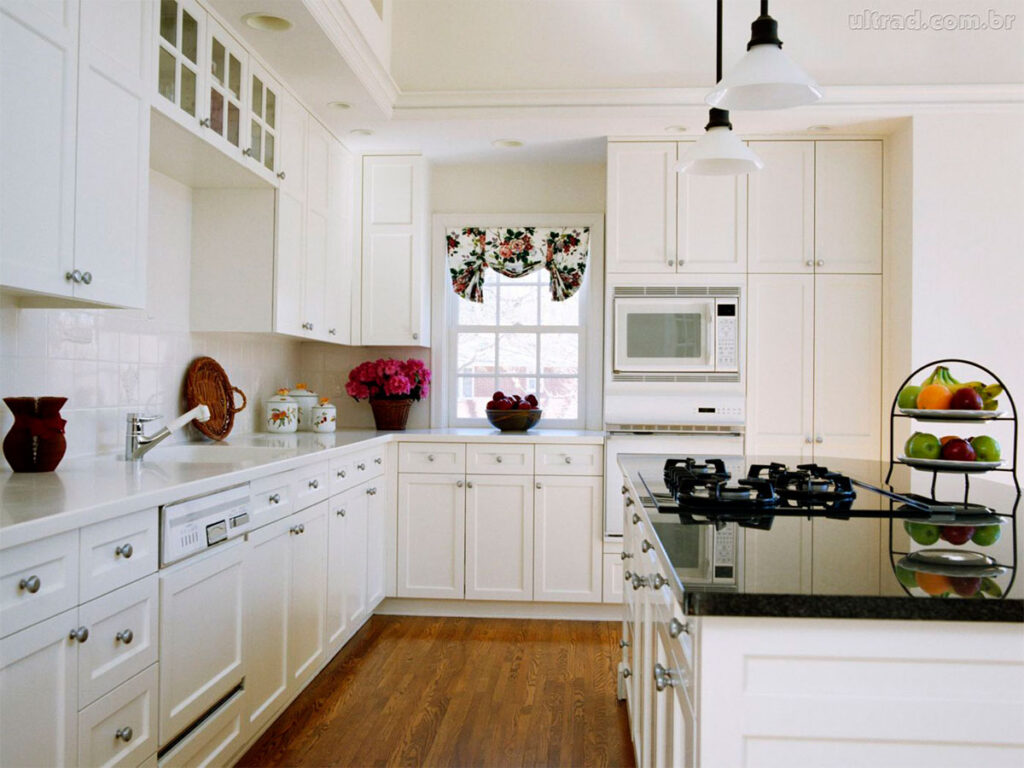
Kitchen
The kitchen is home to one of the main elements that represent prosperity in the house: the stove. Both it and the rest of the environment must always be clean and organized. Complete the room with colorful decor and good lighting. In ancient Feng Shui techniques, mirrors were often used to “duplicate” the abundance represented on the stove. Do you want to use reflective surfaces, on furniture or appliances in the kitchen? Take advantage of the opportunity and make the stove reflect.
Be careful with the trash: in addition to emptying it regularly, it is important not to use it near the stove or under the counter where food is prepared.
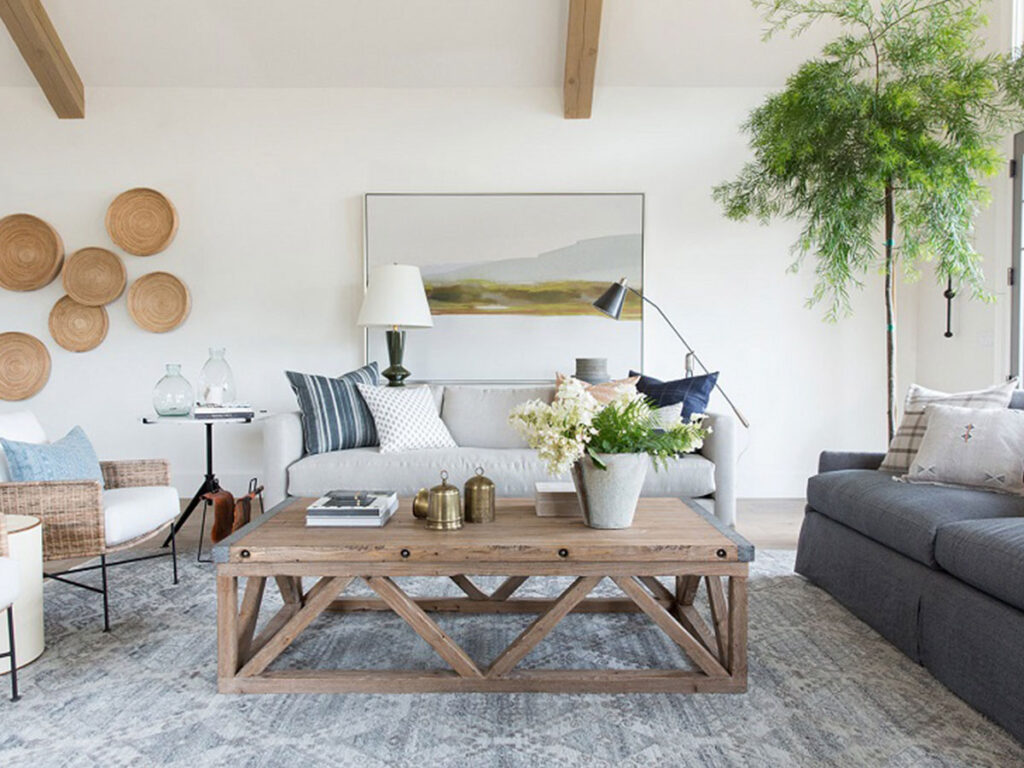
Living room
This environment invites interaction with family or friends, so choose colors that convey a feeling of tranquility. Position the sofa close to the wall so that the field of vision is open.
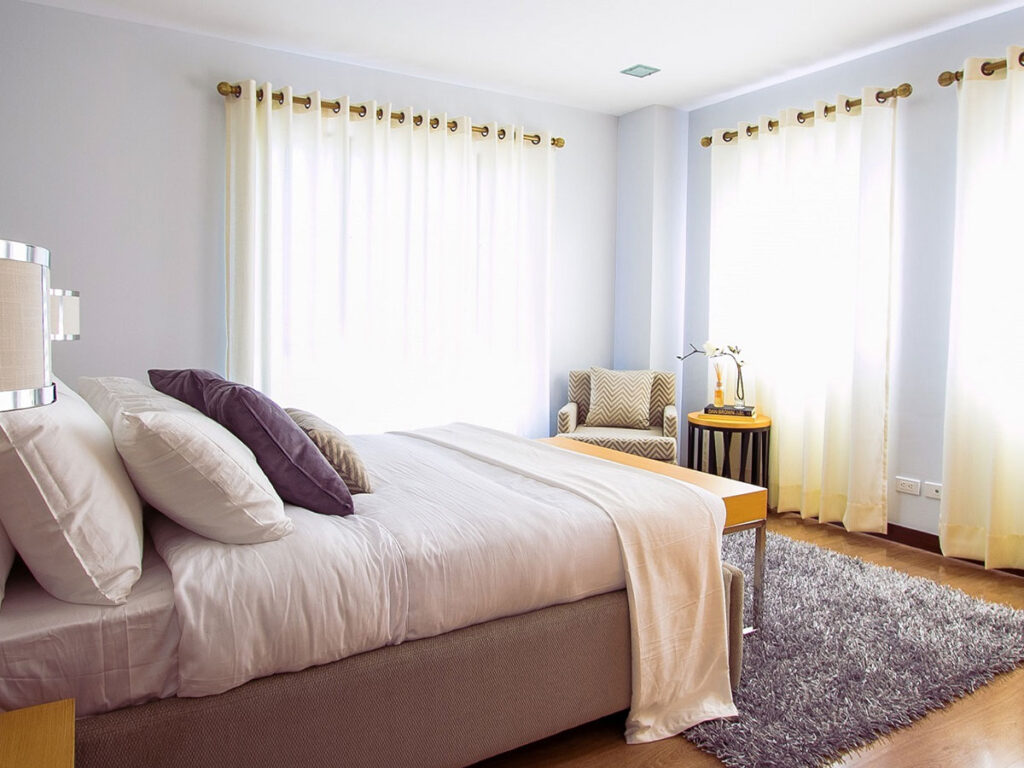
Room
As it is one of the most frequented rooms in the house, it deserves special attention. Prevent the environment from becoming disorganized and containing objects that are not part of the room. Prefer that the headboard of the bed is not close to the windows and that there are no shelves above the bed. Sleep is also more peaceful when no mirror in the room directly reflects the sleeper.
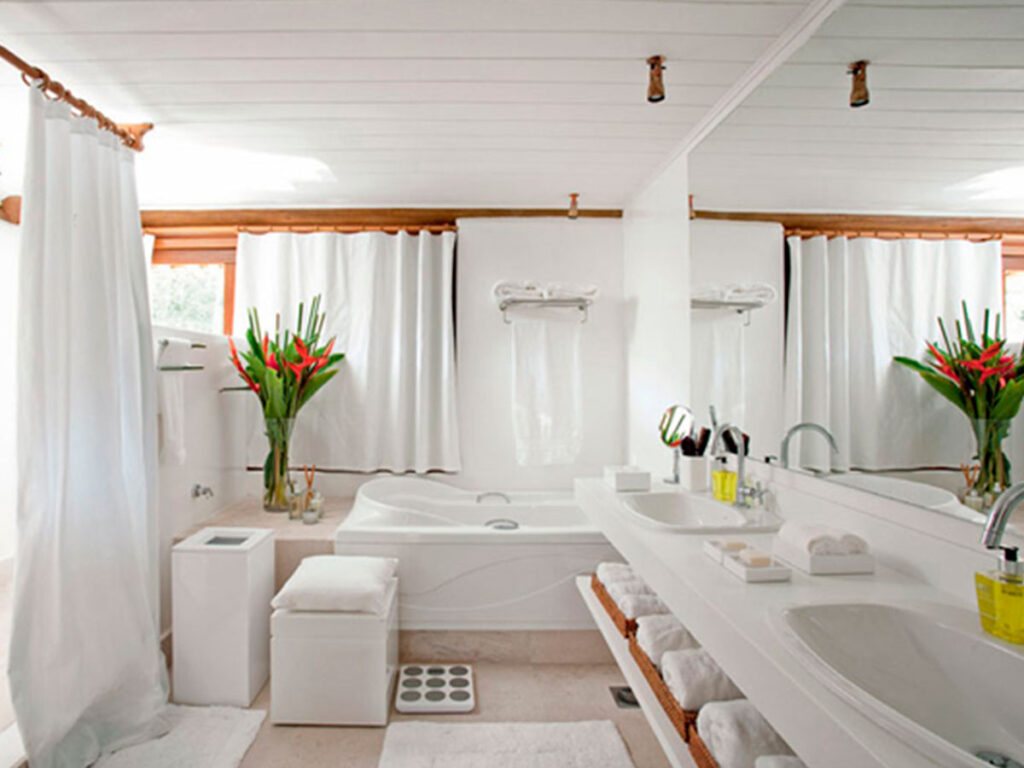
Bathroom
The bathroom is not a good environment when it comes to positive energy. But to stabilize the place's energies, decorate it with natural plants, white flowers, herbs and pots of soil. Always keep the toilet lid closed. The bathroom is a good space to illustrate an infallible Feng Shui recipe: cleaning and organization have everything to do with well-being!
